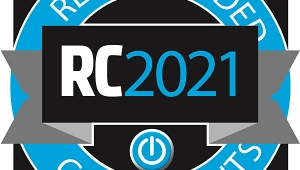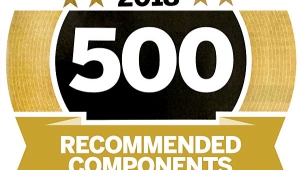| Columns Retired Columns & Blogs |
Not a single disc player reviewed under $4 thou??? Come on. I don't drive a Porsche Taycan or a Lambo. I have a $7 thou turntable rig assembled over several years of upgrades. My SACD player died 5 years ago, and now, I am in the market for $500 or $1000 disc player. I'll stream eventually but I have listened to my CDs, tossed out the bad ones and have maybe 200 that are well engineered/mastered, about 50 SACDs. I want S'phile to help me get a decent player. There are maybe half a dozen newish models.









































